DO YOU HAVE TO CUT OUT WHITE AND BROWN RICE TO LOSE WEIGHT?
BY: FITZ-GEORGE RATTRAY
In many circles rice has been getting a rough reputation when it comes to weight loss, and even staying healthy, but is it a deserved reputation, and is all rice equal?
From the most basic perspective, regarding weight loss the answer is simple, if you ingest more calories than you expend you increase your fat stores, and, of course, if you consistently ingest LESS calories than you ingest you will, over time, decrease your fat stores. So, in ideal terms you can eat white or brown rice or anything in small enough quantities and you will reduce your fat stores. That being said, it is in fact not so simple, the type of carbohydrate eaten does make a difference, beyond the addition and subtraction of calories.
WHY IS WHITE RICE DIFFERENT FROM ANY OTHER CARB?
There ARE types of food which tend to promote the storage of fat more than others, just by choosing to eat these foods, including white rice and flour, you will be encouraging your body to hold onto your fat stores, and to store more fat. Of course, as always some individual’s bodies handle foods differently.
Foods falling in this category tend to be starchy or sugary, calorie dense, processed and low in fiber, and most importantly, rapidly stimulates your body’s insulin secretion. Here, insulin secretion is key, asinsulin is necessary for transporting blood sugars (all carbs become sugars in your body) into the cells where they are needed, but insulin is also a fat storage hormone.
However, not all carbohydrates (including sugars which are simple carbs), or carbohydrate food sources affect your rate of insulin release in the same way. To grasp this, you need only understand that:
- The more natural and unprocessed a carb source is the less rapid your insulin levels will increase, and that’s good.
- The more fiber present in the food the slower the absorption and the less rapid your insulin increase, and that is great.
THE GLYCEMIC INDEX OF FOODS
The effect of the foods you eat on your rate of insulin release is represented in a scale known as the GLYCEMIC INDEX of foods or GI.
On this scale, foods with a GI value of:
- 55 or lower, are low on the scale, this is where you will find whole grains, leafy vegetables, meats etc. Ingesting these foods result in a slower to no insulin release and a REDUCED FAT RETENTION EFFECT.
- 56 to 69, are moderate, and include such foods as unprocessed brown rice and 100% whole grain foods and finally,
- 70 or higher, are high on the GI scale, this is where you will find foods which will rapidly spike your insulin levels and INCREASED PROMOTION OF FAT STORAGE, including flour products, white bread, white rice, refined sugar and more.
In short, dietary fiber is great for your health and processed foods like white rice, white flour and refined sugar have the fiber removed, increasing their GI value and will not only promote fat storage, but in many cases with regular use they are likely to be a health risk, promoting allergic reactions, inflammation, diabetes, autoimmune illnesses, obesity, cancer and more.
IS BROWN RICE A GOOD OPTION?
White rice is processed and has had its bran, the fiber rich section removed. Brown rice on the other hand has fiber, and is more nutrient rich with vitamins and minerals. So, clearly BROWN RICE IS FAR BETTER than white rice for health and weight control. But remember, calories matter, so, still, keep your servings moderate. Additionally, you have to consider where brown rice falls in the glycemic index relative to other options.
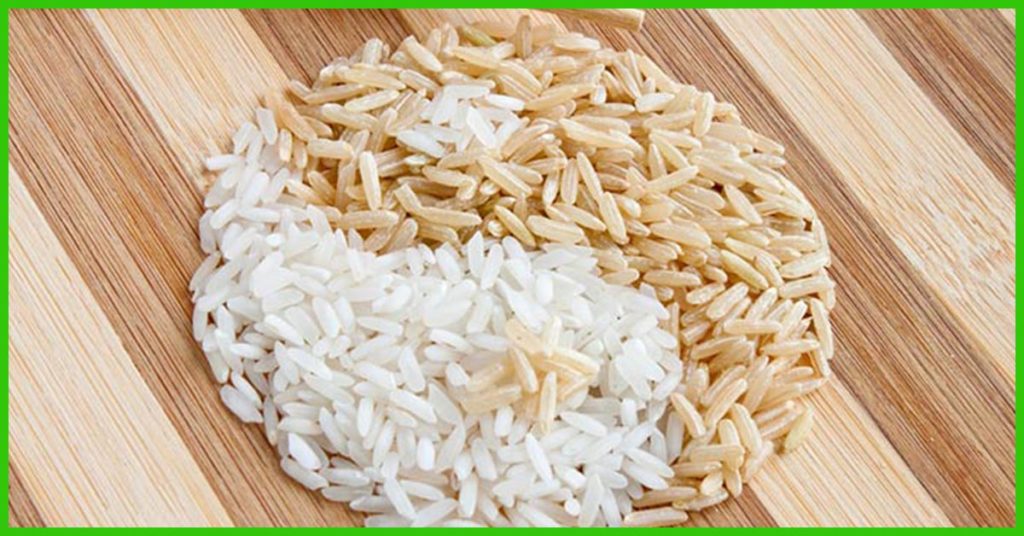
THERE ARE OTHER OPTIONS THAN WHITE OR BROWN RICE.
There are other health factors connected to rice, related to the chemicals involved in its processing, but for now I’ll stick to comparing rice to other carbohydrate foods on the glycemic index. To help your options, I will list a few and their GI values below. I will not include manufactured foods and water based carbs, such as leafy vegetables.
White rice – 73
Brown rice – 68
Wild rice – 53
Buckwheat – 51
Irish potato boiled – 78
Sweet potato – 63
Quinoa – 63
Steel cut oats – 42
Yellow Yam – 68
Pumpkin boiled – 64
Green banana – 55
Green Plantain – 55
Chickpeas – 28
Lentils – 32
Carrots – 39
Average values, correct to +or- 1 to 5
I must point out that for best health your meals should include healthy servings of varied vegetables daily. There are options to rice. I understand that white rice is highly ubiquitous making it highly convenient and tempting, but with a little effort you can identify many options well worth considering.

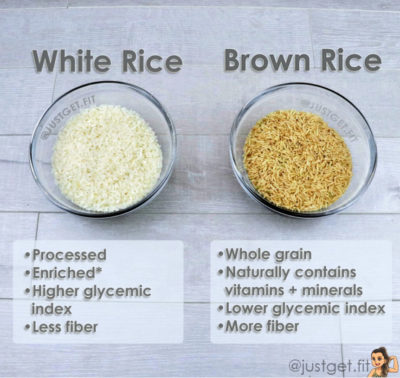
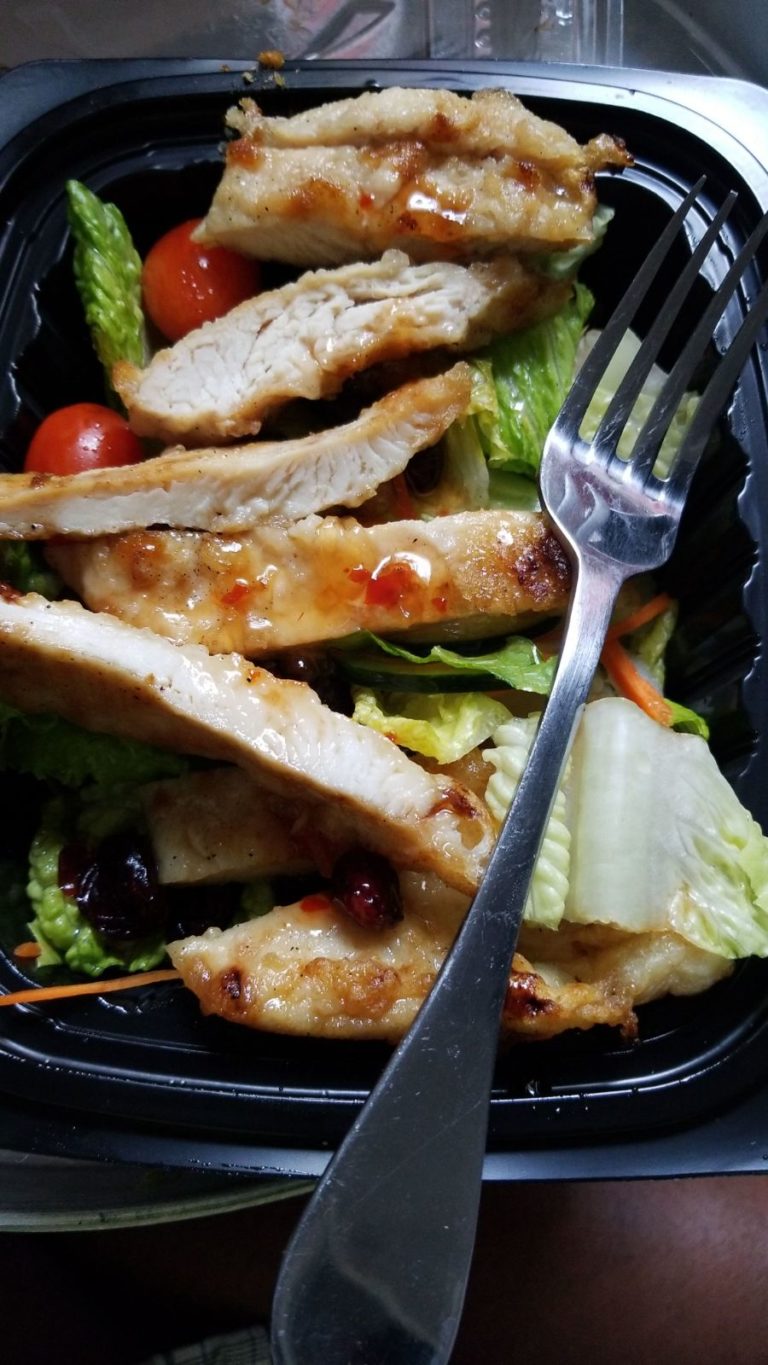
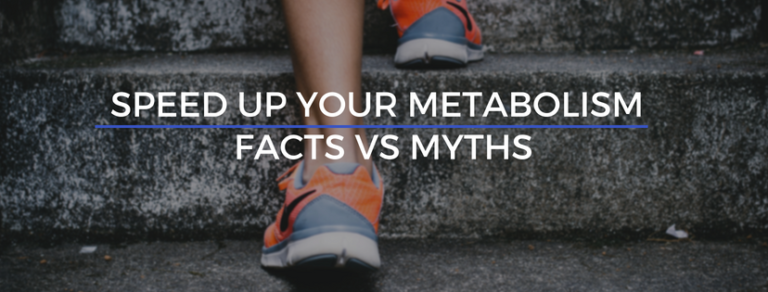

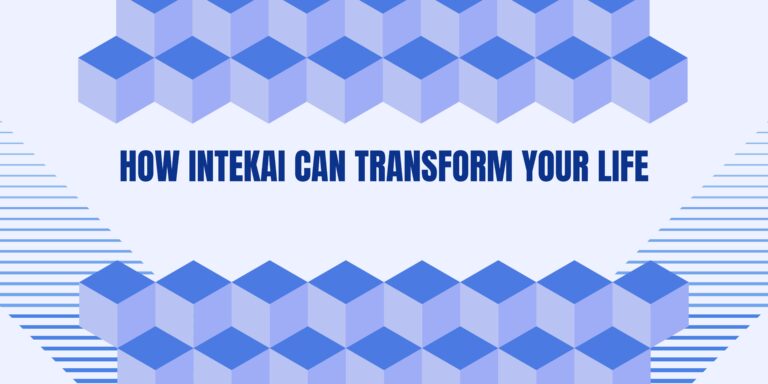

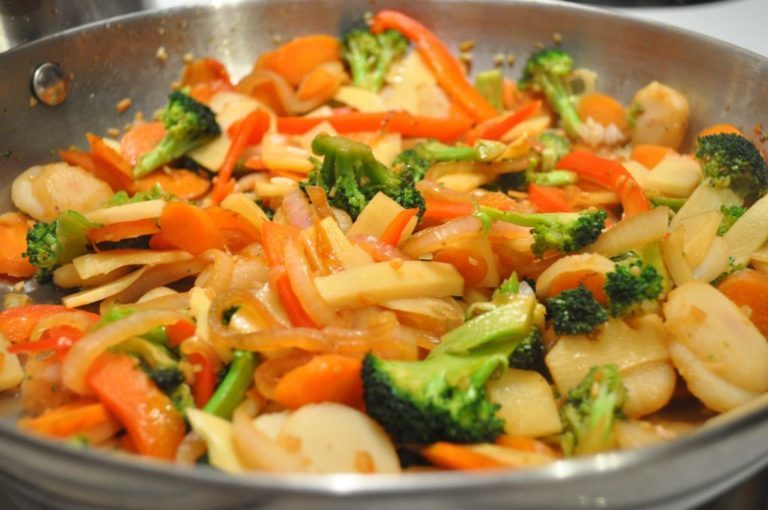
Any rice makes me gain weight whether in small portions or not
Rice, is a very unforgiving food. Its always best to stick with Yam, potatoes, bammy or breadfruit.